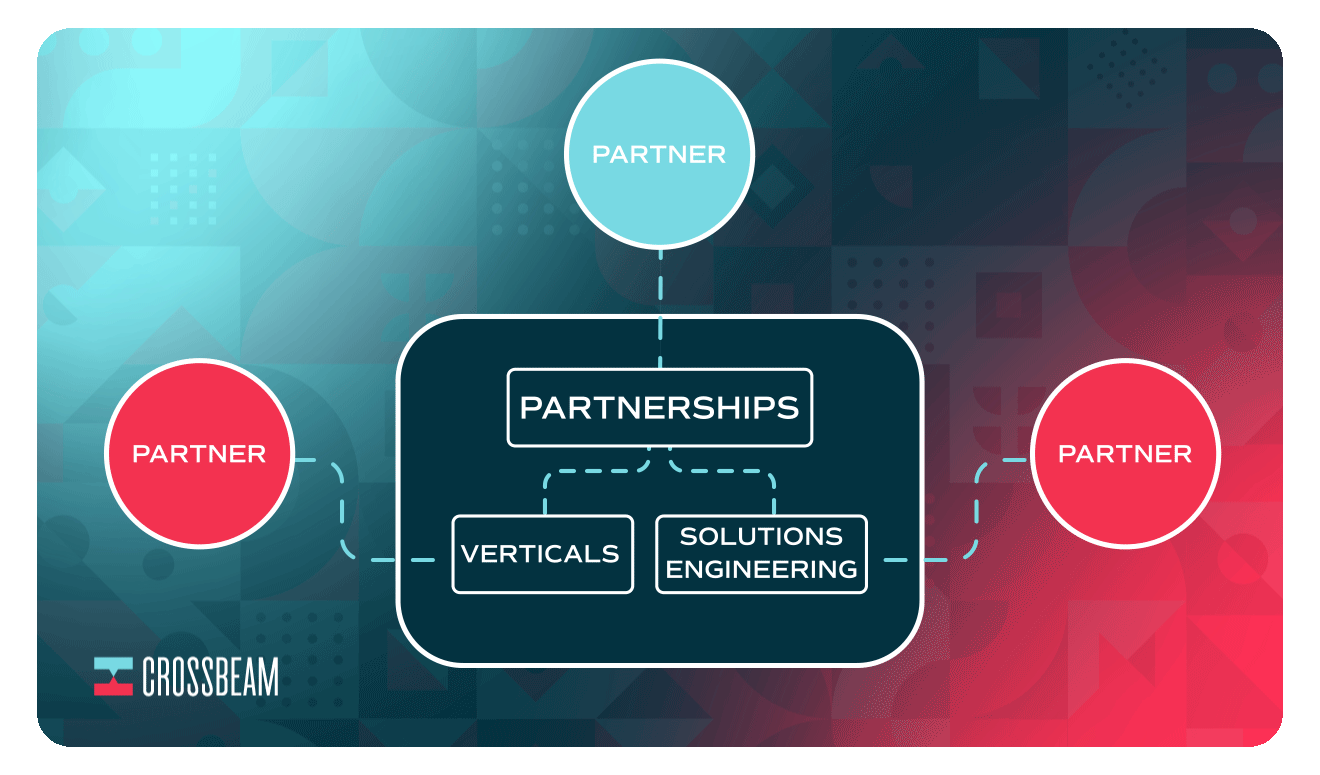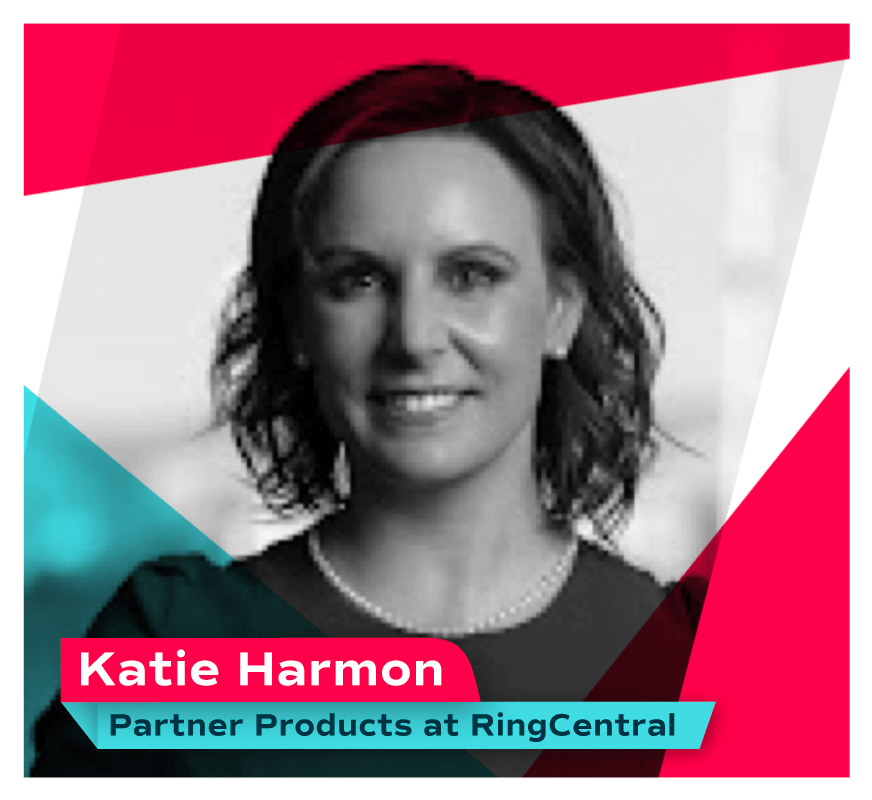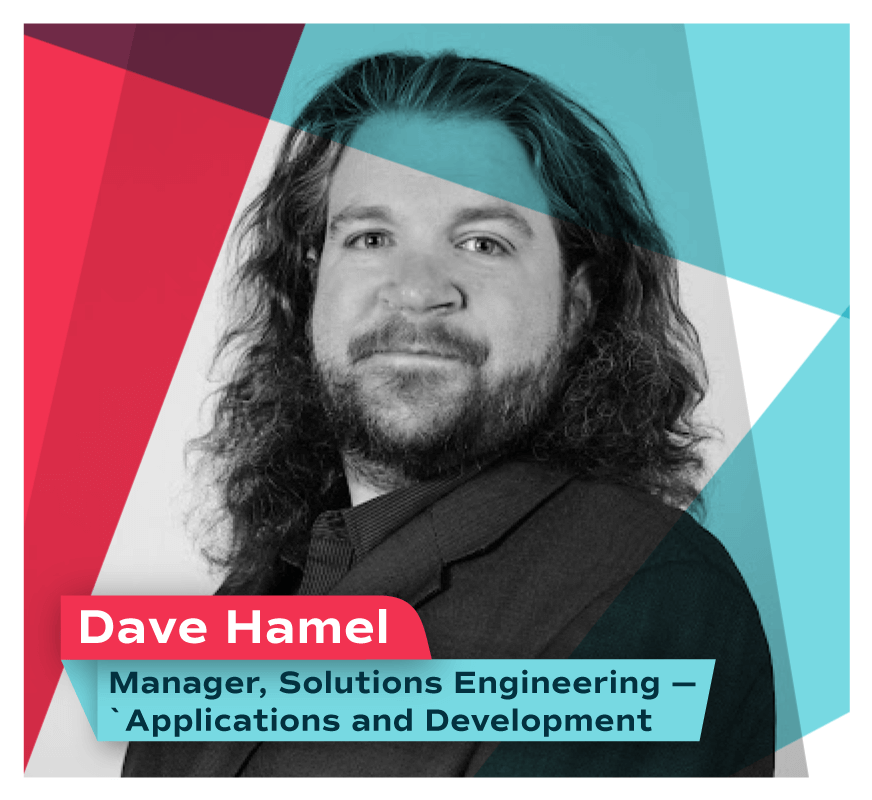True or false: Other teams in your org actively recruit tech partners and directly contribute to the growth of your tech ecosystem.
If you answered “True”, we’re tipping our hats in your direction.
If you answered, “False”, there are a variety of ways to encourage your internal teams to scope and validate integration opportunities (like partnership-related KPIs, a shift in communication, and, sometimes, bribes).
Each of your customer-facing teams should be your biggest allies and your sources of truth for filling product gaps and growing your partner ecosystem.
We spoke with RingCentral — a Supernode when it comes to tech ecosystem maturity — about how they embed ecosystem-first responsibilities into their “Vertical” and “Solutions Engineering” teams to make their platform “stickier”. Each team vets integration use cases and sources tech partners that satisfy the needs of customers in more than 10 verticals. They then collaborate with the partnerships team to plan each integration’s roll-out and expand its use cases.
“There’s very specific compliance [needs] that we need to adhere to, so it makes sense to go to someone who’s already an expert in financial services and partnering with them instead of reinventing the wheel,” says Katie Harmon, Multi-Sided Partnerships at RingCentral.
As a result of building partnerships advocacy within its Solutions Engineering and Vertical teams, the unified communications as a service (UCaaS) company:
- Upsells 3x as frequently with partners than without, and the dollar amount of those upsells is 4x the rate of upsells with no partners involved
- Identifies integration use cases that solve pain points for the sales team and help vertical-specific customers monetize on their investment in RingCentral’s platform (e.g. healthcare customers generating revenue for time with patients on RingCentral’s platform through its partnership with ChronicCareIQ)
- Has accelerated the time it takes from a customer showing interest in a particular integration to that integration launching on RingCentral’s app gallery
Below, we’ll cover how these three teams collaborate and fuel
RingCentral’s partner ecosystem.
To note: The multi-sided partnerships team also collaborates frequently with other internal teams. In this article, we’re focusing on the cross-functional nature of the multi-sided partnerships team, the solutions engineering, apps and development team (which sits inside the greater solutions engineering team), and the vertical team.
A quick overview of RingCentral’s multi-sided partnerships team
Katie Harmon leads the multi-sided partnerships team at RingCentral, which involves working with independent software vendors (ISVs), hardware vendors, and channel and services partners. Her team consists of outbound partner recruiters, business development representatives (BDRs), partner account managers (PAMs), and go-to-market (GTM) managers.
For ISV/tech partners specifically, the multi-sided partnerships team recruits new partners, manages their GTM campaigns and roll-out to their internal teams, and tracks integration usage and metrics of success. The solutions engineering, apps and development team and the vertical team also recruit new tech partners for customer and vertical-specific use cases, and then Harmon’s team expands the partnership’s use cases to other customers and verticals.
Harmon’s team uses Crossbeam, a partner ecosystem platform (PEP), to scope new tech partners, make the case internally to build a potential integration, and to convince their partners to build the integration.

The vertical team and its role in sourcing new integrations
When RingCentral verticalized in 2019, Naveed Husain transitioned from his role of Vice President, Office of the CIO (persona-based) to the role of Vice President, Public Sector and Education (vertical-based). Now, Husain is the VP, Worldwide Vertical Sales Programs, overseeing RingCentral’s 11 “industry principals” and their respective teams.
Each industry principal was a previous Chief Information Officer (CIO) or equivalent in their previous roles before joining RingCentral. For example: Their Industry Principal, Healthcare, was formerly a CIO at a healthcare company.
By hiring industry principals with expertise in their respective verticals, RingCentral can understand the nuances of each vertical and prioritize integrations that meet their compliance and security requirements. Additionally, they’re able to provide consultative expertise and services directly to their prospects and customers.
“We know the product and we know the industry. What improves then is adding product differentiation. That’s why Katie’s [partnerships] team is so important to us,” says Husain.
Husain’s team scopes integration opportunities that meet the needs of companies in each vertical, like integrations with:
- Electronic Medical Records (EMR) software for healthcare
- Learning Management Systems (LMSs) for education
- Mobile Point of Sale (POS) software for retail
How the vertical team collaborates with the multi-sided partnerships team
When Husain’s team identifies a need for a particular integration, they’ll open a case with their solutions engineering, applications and development team to confirm they have the technical resources to build the integration. The multi-sided partnership team will work with the partner to establish the partnership’s “better together” messaging, publish the integration on RingCentral’s app gallery, and expand its use cases to more customers and verticals.
For example: Husain’s team identified a need for an archiving solution for a company in the financial services vertical. They vetted an integration with Theta Lake, a compliance and security software. Husain’s team and the solutions engineering, apps and development team managed the relationship with the partner for the vertical-specific use case. Then, they introduced the multi-sided partnerships team to the partnerships team at Theta Lake to expand the partnership for additional use cases and verticals. Now, Theta Lake is a Premier partner.
“When we [speak to] a government agency, or education, or financial services company, and they have an e-discovery, archival, or data boundary requirement, we can integrate Theta Lake,” says Husain.
If the multi-sided partnerships team sources a tech partner for a particular vertical, they’ll collaborate with the vertical team to validate the integration’s use cases and ensure it satisfies the compliance and security requirements of that vertical.
The multi-sided partnerships team and vertical team are in constant communication through RingCentral’s team messaging system. Additionally, Husain and Harmon meet every other week, and they meet with solutions engineering, product, and sales monthly to discuss integrations in development and new opportunities.
To encourage collaboration among their teams, they use the following tools:
- RingCentral’s team messaging system
- Google Sheets and Google Slides
- Aha! for integration roadmapping
- Salesforce for tracking integration requirements, open cases with the solutions engineering team, and attribution
The solutions engineering, apps & development team and its role in sourcing new integrations
Dave Hamel leads a specialized solutions engineering team focusing on applications and development within the larger SE team. Hamel’s team is dedicated to community and development (think: external devs building public-facing integrations), sales enablement, and collaborating with the partnerships team to scope and build integrations for their prospects and customers. (If you’ve ever worked with a solutions engineer to launch your integration marketplace, it’s a lot like that!)
“It fell into place that my team would work on this because we have the experience of working with our APIs, with our developer community, and the majority of requests we don’t handle out of the box will come to our team, so it fits to take on that additional responsibility [of working with partners],” says Hamel.
The solutions engineering, apps and development team spends about half of its time on pre-sales — determining which custom integrations their team can build for prospects and which tech partners can satisfy a particular prospect’s integration requirements. They also field integration requests from existing customers.
For example: A financial services customer needed a solution to integrate with its existing archival platform. Hamel’s team brought RingCentral’s tech partner Theta Lake in to develop a custom integration that met the customer’s requirements.
The solutions engineers outside of Hamel’s team bring existing tech partners in to support open opportunities and customer requests. However, Hamel’s team takes over when the prospect or customer has more bespoke or technically complex needs (for instance: if the customer needs to combine its systems following an acquisition).
Hamel’s team also manages the enablement process for new integrations among the entire SE team.
How the solutions engineering team collaborates with the multi-sided partnerships team
The solutions engineering, apps and development team works with partners in three scenarios:
- An adjacent solutions engineer opens a case with Hamel’s team to discuss an integration opportunity with a prospect or customer (For example: If a customer wants to integrate RingCentral with its CRM system, Hamel’s team will decide if they can build the integration and if the investment makes sense)
- The multi-sided partnerships team opens a case with Hamel’s team to discuss an integration opportunity
- When another SE sources the opportunity, Hamel’s team will:
-
- Take the call with the potential prospect or existing customer to determine if the integration is technically feasible
- Take the call with the potential prospect or existing customer to determine if the integration is technically feasible
-
- Take the call with the tech partner to determine if RingCentral’s API and technical resources can support the integration request
- Take the call with the tech partner to determine if RingCentral’s API and technical resources can support the integration request
-
- Liaise with their internal developers and partner’s developers to manage the development of the integration
“My team will discuss with the customer, ‘This is what you can build with us,’” says Hamel. “Normally in those scenarios, we want to push them to say, ‘Well, you should build an application that can be used by any of our mutual customers, and here are some of the additional values.’”
Hamel adds, “We’re laying the groundwork to advise them about the benefits of working with us as a Premier partner.”
Once Hamel’s team solves the customer’s immediate need, they’ll bring the multi-sided partnerships team in to discuss the future of the integration and how to expand it to more customers and use cases.
“The importance there is taking care of the customer and not trying to solve the long-term solution until we have the short-term problem solved,” says Hamel.
If the multi-sided partnerships team sources the integration opportunity, Hamel’s team will:
- Determine if their prospects and customers have asked for the integration previously
- Conduct their own research about the technical needs and potential use cases of the integration
- Hop on a call with the potential tech partner to discuss next steps
- Oversee the development of the integration with RingCentral’s dev team, keeping the multi-sided partnerships team aware of the launch timeline via their team messaging system
When asked about how making partnerships a priority for the SE team has benefited the business,
Hamel says, “A lot more partnerships, a lot better integrations, and the development time from interest to application on the gallery and to people being aware of the partnership has definitely truncated.”
—
Think your partner program could benefit from a boost in Ecosystem Ops and communications across your internal teams? Take our tech ecosystem maturity diagnostic to identify how your program stacks up against others in the industry, and get tactical advice for leveling up.







